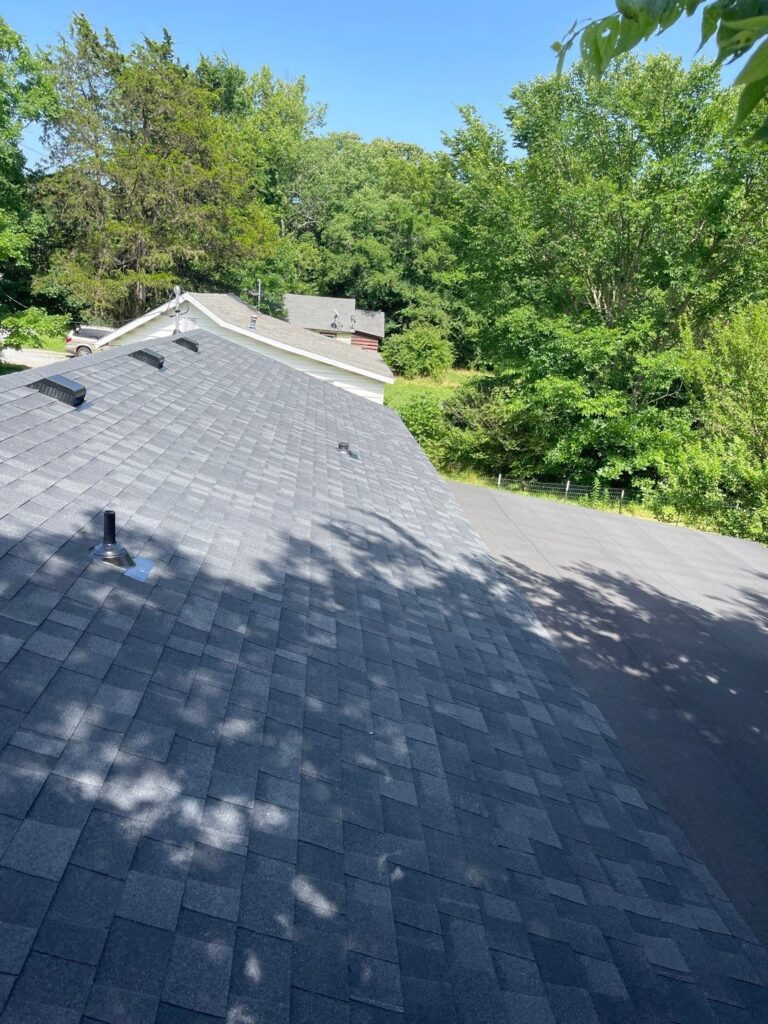
Roofing choices have a huge impact on how a home performs, looks, and lasts over time. While many materials are available today, one type of roof has become the clear favorite for residential properties across the United States. Understanding why it dominates the market and what alternatives exist helps homeowners make better long-term decisions for their houses.
Asphalt Shingles: The Leading Choice for Homeowners
The most common residential roof in the country is the asphalt shingle roof. Millions of homes rely on this option because it delivers an effective balance between price, performance, and style. Asphalt shingles are manufactured in a wide range of colors and textures, giving homeowners plenty of design flexibility.
- Average Lifespan: 15–30 years depending on climate and maintenance
- Cost Range: $1.50–$5.50 per square foot
- Key Advantages: Affordable installation, broad availability, lightweight design, adaptable to many home styles
- Main Drawbacks: Susceptible to severe weather and has a shorter service life than premium roofing options
Architectural and Luxury Shingles
While the standard 3-tab shingle is common, many homeowners today are upgrading to architectural or luxury shingles. Architectural shingles add dimensional depth and improved resistance to wind. Luxury shingles are designed to replicate the look of slate or cedar at a fraction of the cost, while still maintaining the easier installation of asphalt.
Rising Popularity of Metal Roofing
Although asphalt dominates the residential market, metal roofing is growing rapidly. Homeowners are drawn to its resilience against hail, snow, and fire. Metal roofs are reflective, lowering summer cooling bills, and can last more than twice as long as traditional shingles.
- Lifespan: 40–70 years
- Cost Range: $8–$16 per square foot
- Benefits: Long service life, energy efficiency, minimal maintenance
- Considerations: Higher upfront investment and professional installation required
Tile Roofing: Clay and Concrete Options
In warmer climates, clay and concrete tiles are a classic alternative. Their ability to withstand heat, fire, and wind makes them a reliable choice for long-term performance.
- Lifespan: 50–100+ years
- Cost Range: $10–$20 per square foot
- Pros: Exceptional durability, timeless appearance, thermal benefits
- Cons: Heavy weight, requiring reinforced roofing structures, and costly installation
Wood Shingles and Shakes
Wood remains a niche choice but continues to attract homeowners who want a rustic, natural style. Cedar shakes are especially valued for their traditional charm. With regular care, wood roofing can perform well, but it demands more attention than most alternatives.
- Lifespan: 20–40 years
- Advantages: Unique character, recyclable, natural insulation
- Challenges: Vulnerable to rot, insects, and fire without treatments
Flat Roofing Options for Modern Homes
Some modern residential designs incorporate flat or low-slope roofs. The two most widely used flat roofing systems are built-up roofing (BUR) and thermoplastic polyolefin (TPO). BUR is durable and layered for protection, while TPO is lightweight and reflective, improving energy efficiency in hot climates.
Factors That Influence Roofing Choices
The “most common roof” may be asphalt shingles nationwide, but the best choice for any home depends on:
- Climate: Harsh winters favor durable materials like metal, while hot regions suit tile roofs.
- Budget: Asphalt remains the most cost-effective, while slate, tile, and metal require larger investments.
- Design Goals: The look of the roof should complement the home’s architecture.
- Maintenance Needs: Some roofs demand ongoing care, while others are nearly maintenance-free.
Trusted Roofing Expertise in Denver, Colorado
For homeowners searching for reliable guidance on roofing in Denver, professional installation is just as important as material choice. Tried and True Roofing is a leading roofing company Denver residents trust for expert recommendations, high-quality workmanship, and roofs designed to withstand Colorado’s demanding weather conditions.
Conclusion
The asphalt shingle roof remains the most common residential roofing option in the United States because it combines affordability with flexibility. Still, alternatives like metal, tile, and wood bring unique benefits worth considering. By weighing factors such as climate, cost, appearance, and upkeep, homeowners can select the roofing material that ensures both protection and long-lasting value for their property.

